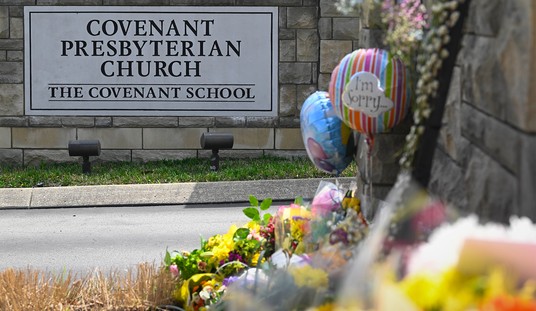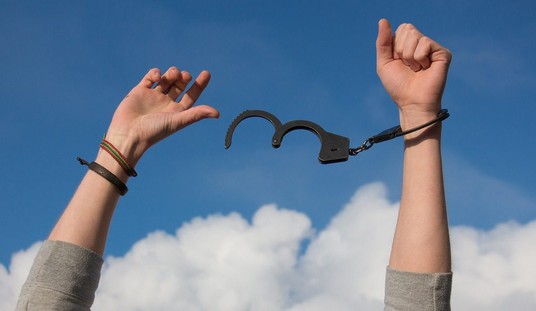To anyone who has even a cursory understanding of arms in a combat situation (even an academic knowledge, which is all I claim), it is obvious that a semi-automatic rifle such an an AR-15 is a far better tool to mitigate the threat of an active shooter than a pistol, such as a Glock 23.
Rifles have greater range, higher-capacity standard-capacity magazines, and better practical accuracy under most conditions.
Nonetheless, there is a never-ending shriek from untrained, fact-deprived citizen control supporters that “battlefield weapons” do not belong in civilians hands, even those of the police. Obviously, AR-15s are not battlefield weapons (citizen control cultists do love to blur the line between selective fire and semi-automatic firearms, don’t they?), but a firearm of choice when responding to a known active-shooter situation .
The adoption of AR-15s for school resource officers by a district in Georgia was vilified by supporters of gun control, but as supported by FBI Bulletin Active Shooter Events from 2000 to 2012, is supported as an intelligent, data-driven decision.
The data clearly support equipping officers with patrol rifles. Many ASE sites involve open spaces or long hallways that create engagement distances beyond the ability of most officers to effectively engage a suspect with a pistol. Add this to the possibility that the officers may have to place precision fire on a suspect while avoiding hitting fleeing or injured victims, and the need for patrol rifles is clear. Additionally, about a quarter of attackers are armed with rifles. Officers ought to have firepower at least equivalent to what they will face if they go in harm’s way.
Because shooters often carry rifles and frequently shoot at officers in these events, law enforcement personnel should wear body armor that can protect them from rifle fire. This means that officers should be equipped with ballistic plates. Most of the rifle rounds used by active shooters can be stopped with type III plates, but some shooters have fired rounds that would be stopped only by type IV plates. Many of the commercially available plate carriers also have attachment points that can be used to carry other equipment, which proves useful during ASEs. This allows the plate carrier to serve as a “go bag” in addition to providing enhanced protection.
A “patrol rifle,” can be nearly any rifle carried by a law enforcement officer, but it is generally understood to mean an AR-15 as a practical matter, though compact variants of M1As, or Ruger Mini-14s are sometimes included. “Patrol rifle” can be viewed as just another buzzword equivalent to “modern sporting rifle.”
I’d further suggest that if the “patrol rifle” and body armor combination is the top choice for self-defense for law enforcement officers attempting to end known active-shooter threats, then AR-15s and plate body armor are also the best choice to stop threats to civilians such as home invasions and would be especially useful in a failure of civility.
Got enough gun and armor?








Join the conversation as a VIP Member